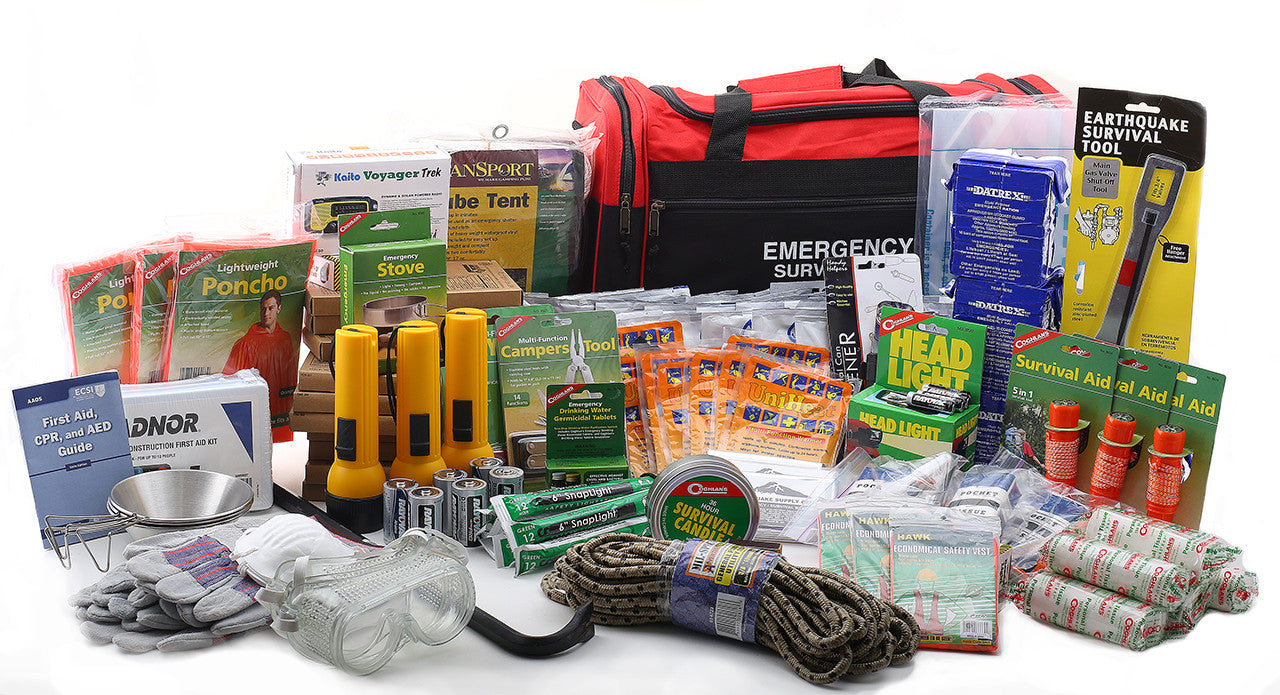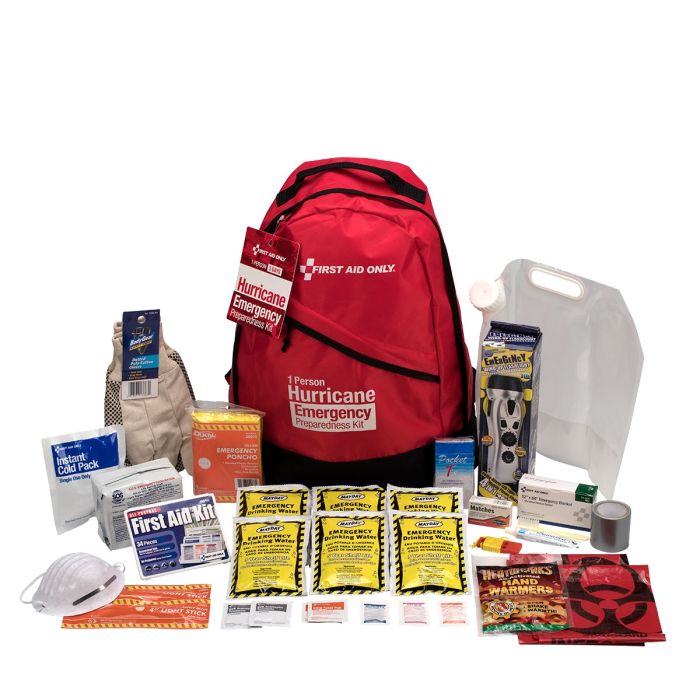Strategy, Prepare, Prevail: Emergency Preparedness for Today's Difficulties
Strategy, Prepare, Prevail: Emergency Preparedness for Today's Difficulties
Blog Article
Grasping the Art of Emergency Readiness: Professional Tips
Whether it be an all-natural catastrophe, a medical emergency, or an unexpected dilemma, being prepared can make a substantial distinction in the end result. Understanding the art of emergency preparedness calls for a combination of knowledge, planning, and strategic thinking.
Significance of Emergency Readiness
Emergency situation preparedness is an important aspect of making sure the security and wellness of people and communities when faced with unforeseen catastrophes and emergencies. EMERGENCY PREPAREDNESS. Being prepared can significantly minimize the effect of natural disasters, crashes, or various other crises that may emerge. By having a well-balanced emergency strategy in area, areas and individuals can respond effectively, possibly saving lives and reducing damage
One essential factor why emergency situation preparedness is very important is that it helps in lowering panic and confusion throughout a dilemma. They are much more most likely to stay tranquil and make sensible decisions in demanding situations when individuals are conscious of what to do and have exercised emergency procedures beforehand. This can result in an extra well organized and reliable feedback, assisting in the protection of lives and home.
Moreover, emergency situation readiness fosters strength within communities. By spending time and resources right into preparedness actions such as training, drills, and infrastructure enhancements, areas can recuperate much more quickly after a calamity. This resilience is critical for long-term recuperation and sustainability, making sure that communities can stand up to future emergencies.

Building a Comprehensive Emergency Situation Plan
Because of the essential role emergency preparedness plays in alleviating the impact of disasters and fostering community resilience, the foundation for effective action hinges on developing a detailed emergency situation strategy. EMERGENCY PREPAREDNESS. A thorough emergency situation strategy functions as a roadmap for neighborhoods and organizations to efficiently coordinate resources, react to dilemmas, and ensure the security and well-being of people during emergency situations
Secret components of a comprehensive emergency situation plan consist of risk analysis, identification of possible risks, facility of communication procedures, classification of functions and duties, and routine training and drills. By conducting detailed danger analyses, organizations can recognize vulnerabilities and prioritize areas for mitigation. Developing clear communication methods makes certain that details is disseminated successfully during emergency situations, facilitating prompt decision-making. Designating responsibilities and duties clears up the chain of command and advertises a coordinated feedback effort. Routine training and drills aid familiarize individuals with emergency treatments, guaranteeing a swift and reliable response when a dilemma happens. Inevitably, an extensive emergency strategy contributes in enhancing preparedness, action capabilities, and general strength despite catastrophes.
Vital Materials and Resources
When getting ready for potential disasters, ensuring accessibility to crucial products and sources is vital for efficient emergency response and strength. Stockpiling on non-perishable food items such as canned goods, healthy protein bars, and completely dry products is vital to sustain individuals and families throughout times of dilemma when access to fresh food may be limited (next). Furthermore, maintaining an enough supply of water, with at the very least one gallon per person each day for a minimum of three days, is vital for hydration and sanitation requirements
Standard medical materials consisting of plasters, bactericides, medicines, and an emergency treatment set are essential for addressing injuries and health problems that might occur during emergency situations. It is additionally important to have a battery-powered or hand-crank radio to remain educated concerning the situation and get updates from authorities. Flashlights with added batteries, a multi-tool, and coverings should likewise be included in emergency situation supply packages to provide light, aid in navigation, and make sure heat and comfort. By proactively collecting these important products, individuals can better equip themselves to face unexpected difficulties with preparedness and durability.
))/2204364.json)
Interaction Techniques Throughout Emergency Situations
Effective interaction methods play an essential duty in making sure timely and exact dissemination of information throughout emergency situations. Clear and concise interaction is crucial for collaborating reaction initiatives, offering guidelines to the public, and keeping everyone notified regarding the developing scenario.
Throughout emergencies, it is very important to designate a speaker or a central communication group to guarantee uniformity in messaging and stay clear of confusion. This designated individual or group should be well-trained in situation communication and with the ability of supplying details in a encouraging and calm way. Furthermore, developing a system for two-way interaction can assist collect real-time comments from the influenced people and resolve their demands better.
Moreover, utilizing technology such as emergency notification systems and communication apps can streamline the dissemination of crucial information and help with rapid response efforts. By implementing these communication techniques, neighborhoods and organizations can boost their emergency situation preparedness and reaction abilities, eventually saving lives and reducing the impact of calamities.
Training and Technique for Readiness
A vital aspect in ensuring readiness for emergencies is the implementation of normal training and method sessions to enhance response abilities and readiness - find this. Via consistent training, emergency -responders can acquaint themselves with methods, equipment operation, and decision-making processes, inevitably boosting their efficiency throughout situations
Training sessions must simulate realistic emergency situation circumstances to provide responders with hands-on experience in a controlled atmosphere. These simulations enable people to exercise their duties, examination interaction systems, and recognize locations for renovation without the stress of an actual emergency situation.
Normal drills and workouts likewise help teams build cohesion and coordination, ensuring that everyone understands their responsibilities and can work together seamlessly when confronted with a crisis. Additionally, debriefing sessions following training workouts enable positive comments and the chance to gain from any mistakes made.
Conclusion
In conclusion, mastering the art of emergency readiness calls for a comprehensive strategy, essential supplies, effective interaction approaches, and normal training. By prioritizing readiness and taking aggressive actions, communities and people can better react to emergency situations and alleviate prospective risks - EMERGENCY PREPAREDNESS. It is crucial to remain notified, stay ready, and constantly improve emergency situation action methods to guarantee the safety and health of all people involved

In conclusion, grasping the art of emergency situation readiness requires a detailed find more strategy, important materials, efficient interaction methods, and normal training.
Report this page